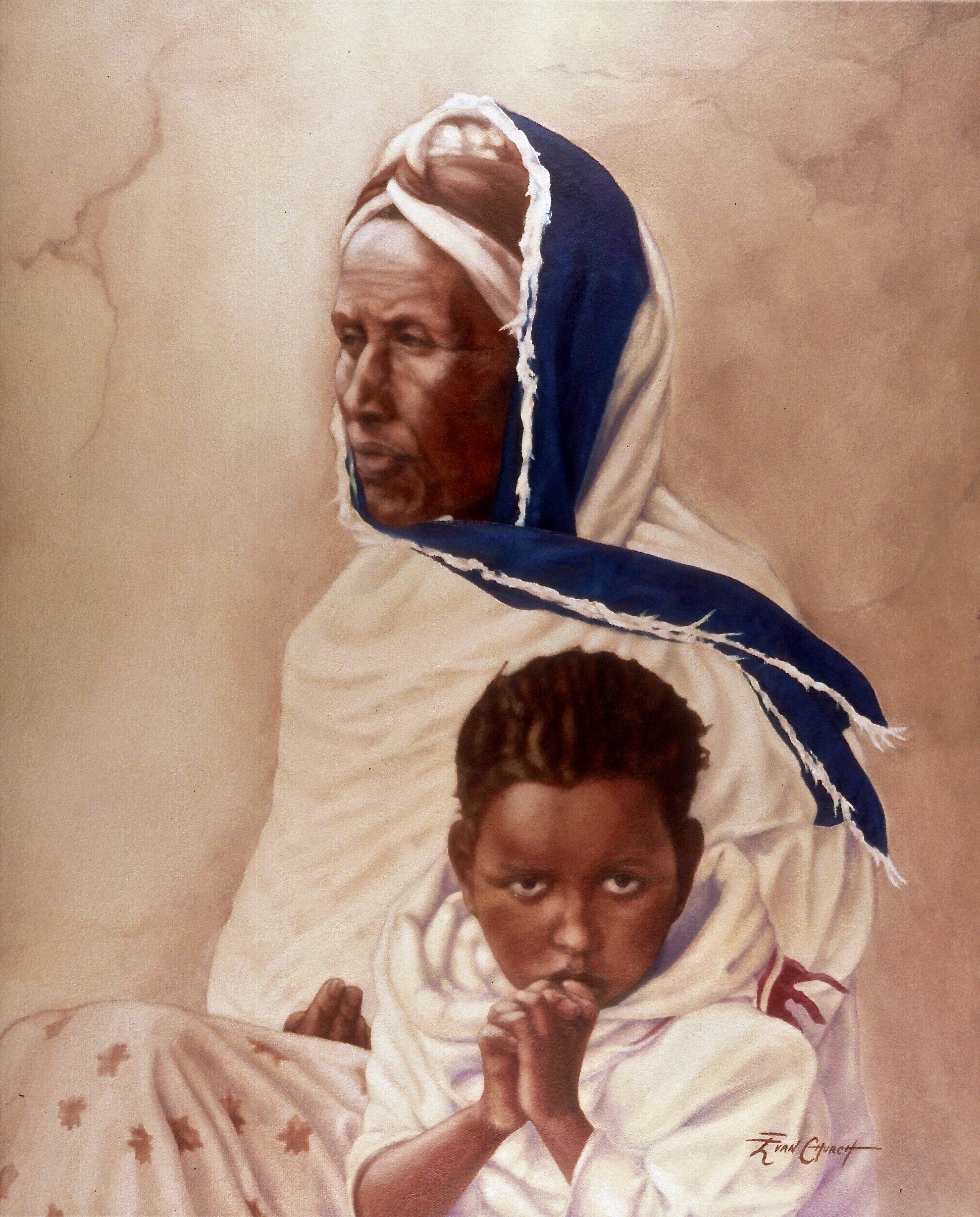Mandeng is a small Nuer community along the Sobat River in Upper Nile State, South Sudan. It’s on an oval of land a couple meters higher, and drier, than the rest of the swampland surrounding it. In 2006 I was part of a team flown in and dropped off to repair a number of structures that were being used as temporary classrooms. The isolated location made the fairly straightforward work extremely challenging. There is probably no better way to describe the remoteness and difficulty than to mention that at one point we had to charter a flight from Lokichoggio, three hours distant, just to bring us a new drill bit. All those we brought were broken and having replacements flown in was literally our only option for completing the project.
Every Wednesday and Saturday around sundown the young people of Mandeng would gather on the airstrip wearing their best. The women and girls would sing and dance in circles, waving freshly cut branches, while the men would stand back to observe and discuss. On the evening I took the photographs I used for this painting, the sunset was made more dramatic by what we assumed was a distant bushfire. It was only a few days later when back in Malakal at a security briefing that I learned the fire was actually the market burning down in Nasir, the nearest town four hours walk away.











